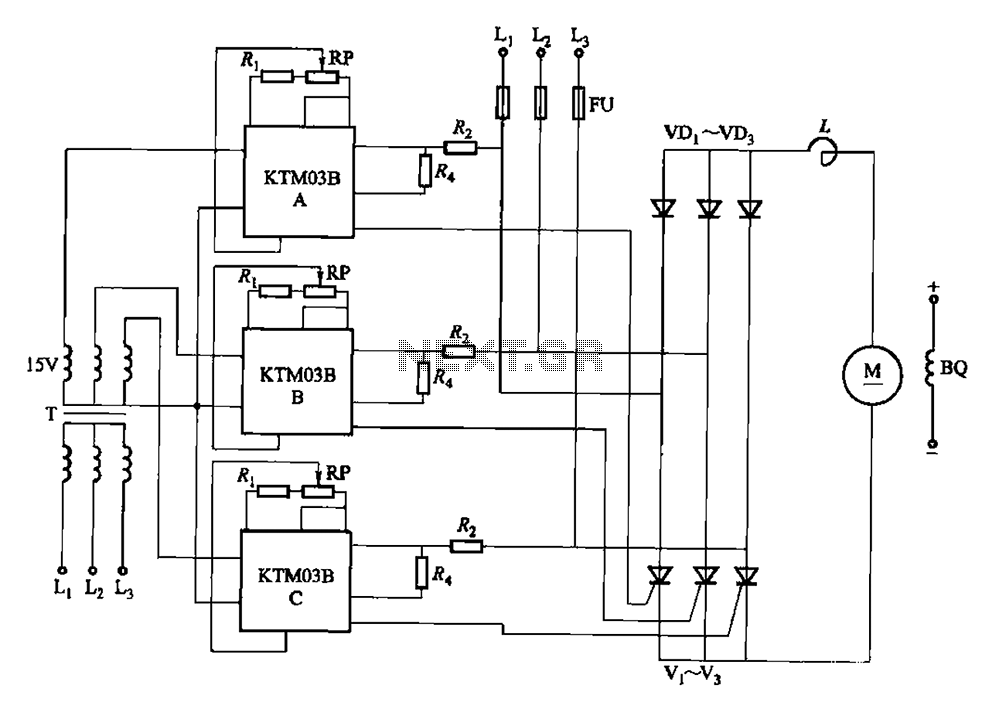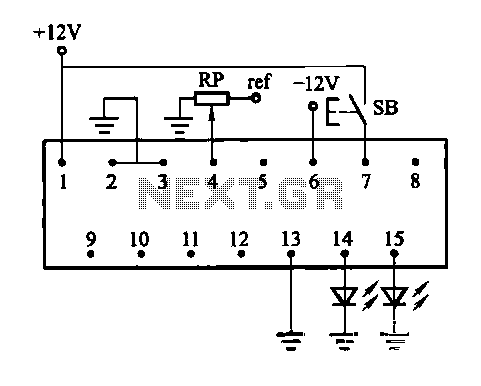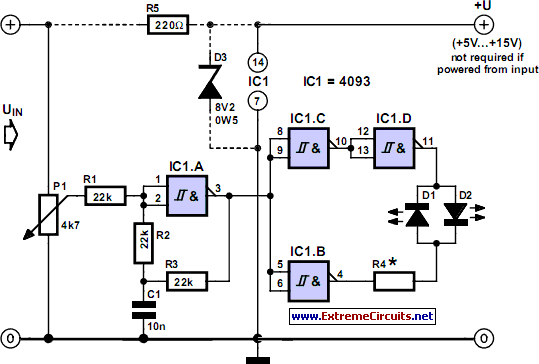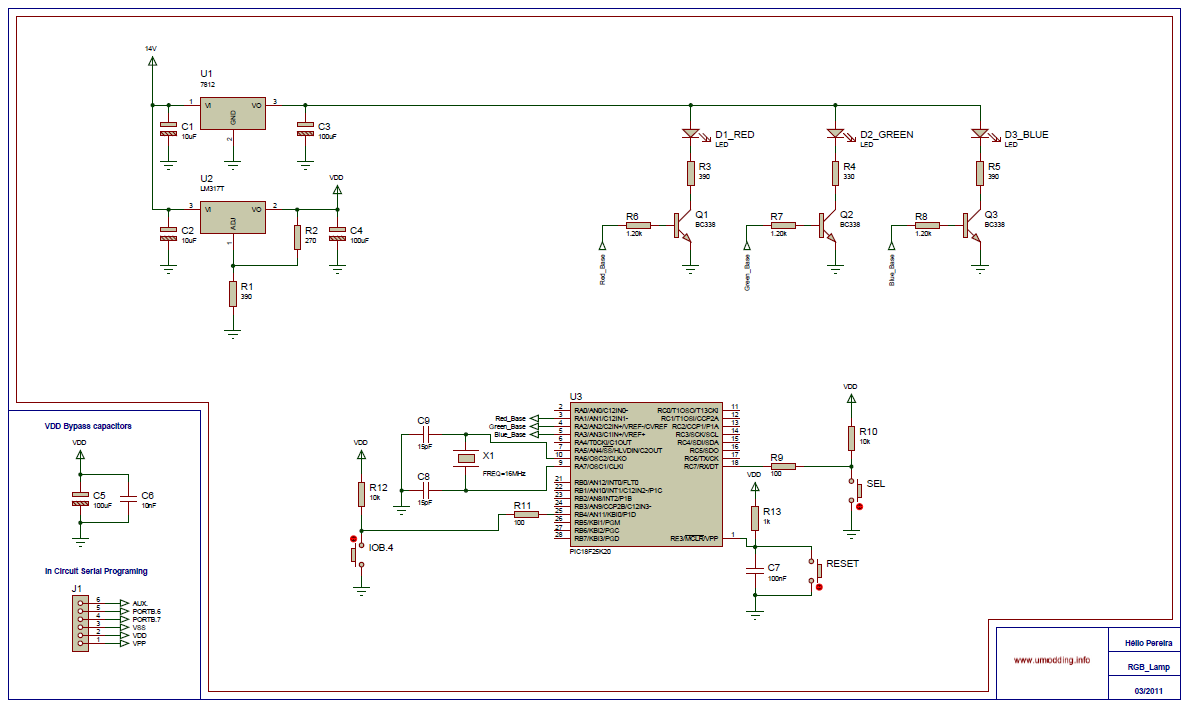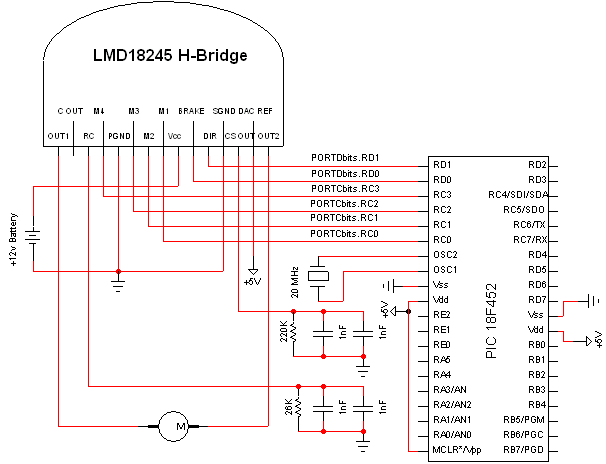
LED Driver: 6 Channels with Phase Shift Control
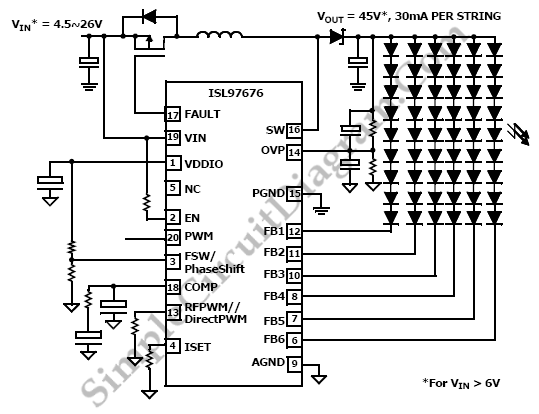
The ISL97676 LED driver is a sophisticated solution for driving multiple LED channels in TFT display applications. It integrates several advanced features designed to enhance performance and efficiency. Each of the six channels operates as a voltage-controlled current source, allowing for precise regulation of LED currents, which is essential for maintaining uniform brightness across the LED strings. This capability is particularly important in applications where visual consistency is critical.
The headroom control feature is particularly noteworthy, as it actively monitors the highest LED forward voltage string. By adjusting the output voltage to minimize the voltage headroom, the ISL97676 reduces power loss, thereby improving the overall efficiency of the LED driver. This is especially beneficial in multi-string configurations where variations in LED characteristics may lead to unequal brightness levels.
In terms of dimming capabilities, the ISL97676's PWM dimming modes provide flexibility for designers. The digitized PWM mode allows for fine control over brightness levels, with an 8-bit resolution that enables 256 distinct brightness settings. The frequency of the PWM signal can be adjusted by changing the resistor values, making it adaptable to various application requirements. The direct PWM mode offers a simpler approach, where the output brightness directly tracks the input PWM signal, ensuring immediate response to changes in input.
Additionally, the channel phase shift control feature is a significant advantage in reducing electromagnetic interference (EMI) caused by the backlight driver. By controlling the phase of each channel, the ISL97676 minimizes ripple and transient responses, which can otherwise lead to undesirable noise in audio and video outputs. This feature is crucial for maintaining high-quality performance in sensitive applications.
For optimal performance, careful selection of external components in accordance with the guidelines provided in the datasheet is recommended. This ensures that the LED driver operates within its specified parameters, maximizing efficiency and reliability in display applications. Overall, the ISL97676 stands out as a versatile and efficient solution for driving LEDs in modern TFT display systems.We can use ISL97676 as a LED driver that drives 6 channels of LED current for TFT-Display. The ISL97676 is used to drive 6 channels of LED to support 78 LEDs from 4.5V to 26V or 48 LEDs from a boost supply of 2.7V to 26V and a separate 5V bias supply on the ISL97676 Vin pin.
For non-uniformity of the forward voltage drops in the LED strings with its 6 voltage controlled-current source channels is compensated by the ISL97676. The highest LED forward voltage string for output regulation is monitored by the headroom control to minimize the voltage headroom and power loss in the typical multi string operation.
Two PWM Dimming modes are offered by Intersil: The ISL97676 digitizes the incoming PWM signal and provides 8-bit dimming. The resistor set the PWM frequency. This will produce dimming frequency between 100Hz to 30KHz. Secondly, direct PWM mode without phase shift, where the dimming follows the input PWM signal. To help eliminate or reduce the video and audio noise interference from the backlight driver operation, we can use the ISL97676 features channel phase shift control to minimize the input, output ripple characteristics and load transients as well as spreading the light out.
Refers to the datasheet for more information about how to select the values of each components.

